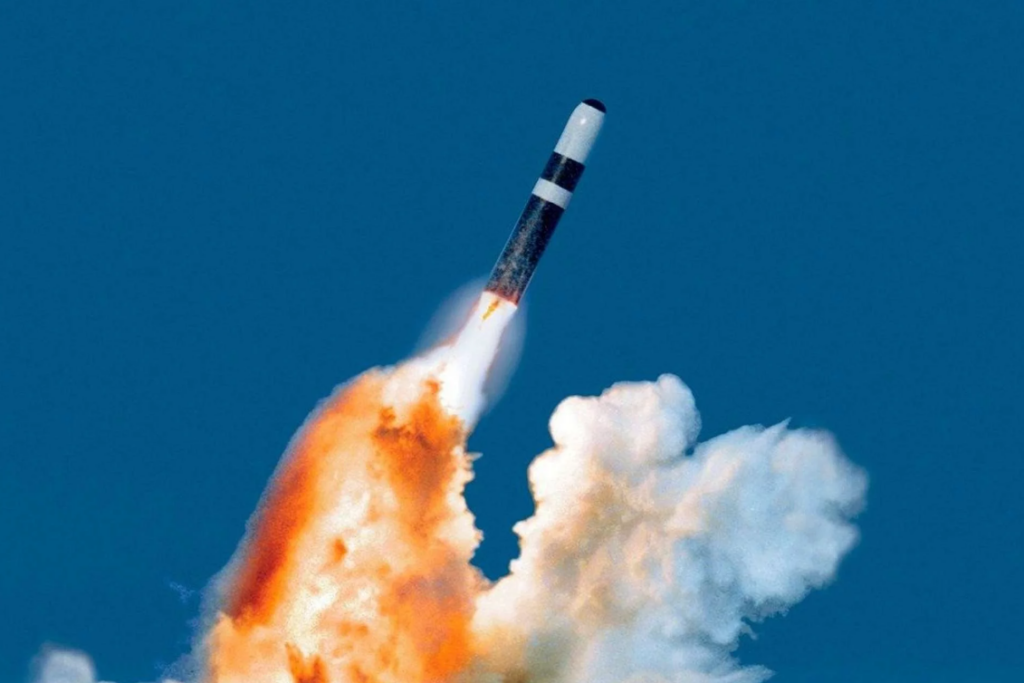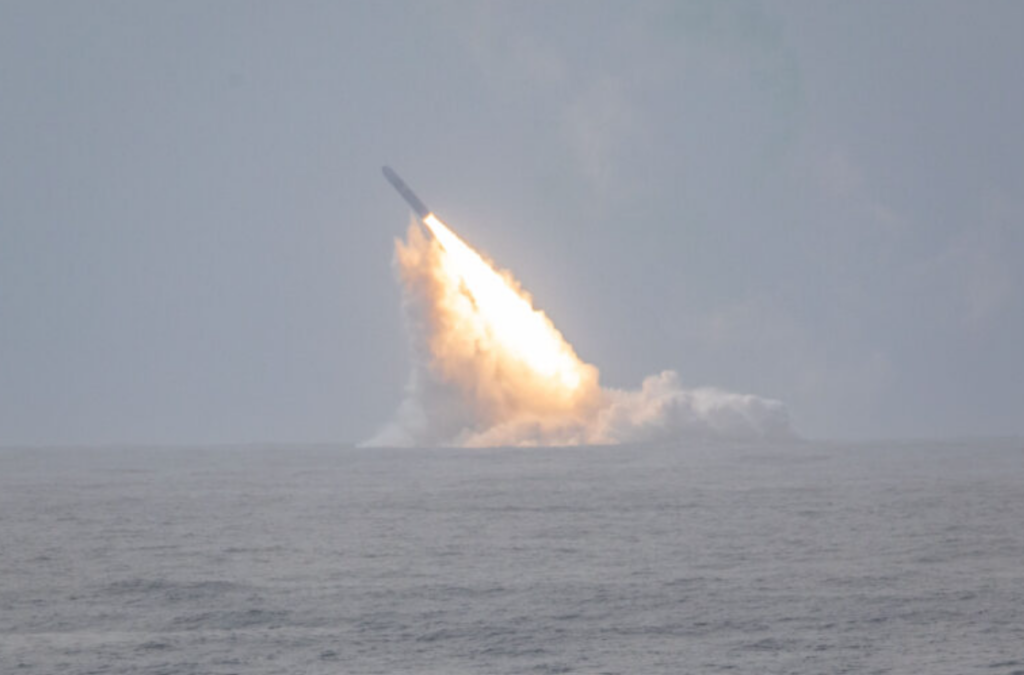Lockheed Martin Secures $647 Million U.S. Navy Contract for Trident II D5 Ballistic Missiles
Lockheed Martin has secured a $647 million U.S. Navy contract to continue building and supporting the Trident II D5 submarine-launched ballistic missile. The award, announced in late September 2025 by the Navy’s Strategic Systems Programs office, is a modification to an earlier letter contract. Lockheed Martin Space in Titusville, Florida, will use the funding for production and deployed-systems support of the D5 missiles. The deal includes optional line items that could raise its value to about $746 million, and it even covers Foreign Military Sales (FMS) work for the United Kingdom. Work under the contract will be carried out at multiple sites around the country through September 2030, and roughly $120 million of FY2025 Navy procurement funds have been allocated to the award.
The Trident II (D5) missile is the United States’ main submarine-launched nuclear deterrent and serves as the sea-based component of the nuclear triad. It can travel over 7,000 kilometers and carries multiple independently targetable warheads. First introduced in 1990, the D5 has been successively upgraded through life-extension programs so that it will remain mission-ready well into the 2040s or beyond. The Pentagon recently approved a formal plan to modernize the missile for continued service into the 2080s.

Lockheed Martin has been the Trident program’s prime contractor since its inception, and the new contract simply extends its decades-long stewardship of the weapon system. According to Navy contract announcements, this award builds on Lockheed’s long-standing role for Trident II. The company won a $383 million award in February 2025 to design an integrated, modernized missile and $111 million Navy contract in August 2025 to continue production of the missile and provide support.
Neither the Navy nor Lockheed has provided additional public comments beyond the official announcement. The company’s continued involvement and the timing of the award send a clear signal that the United States and its allies are committed to keeping the Trident II D5 missile at the heart of their strategic deterrent.

